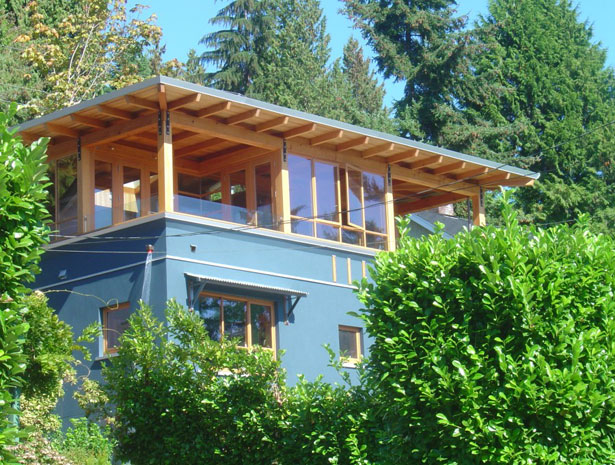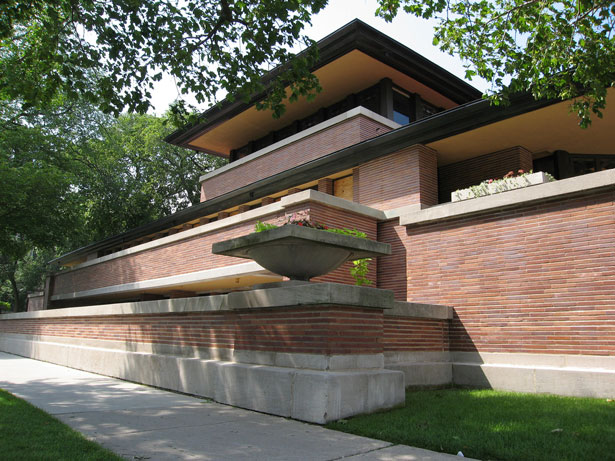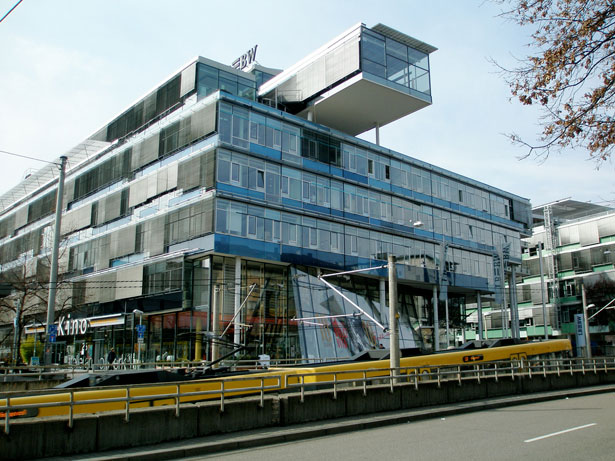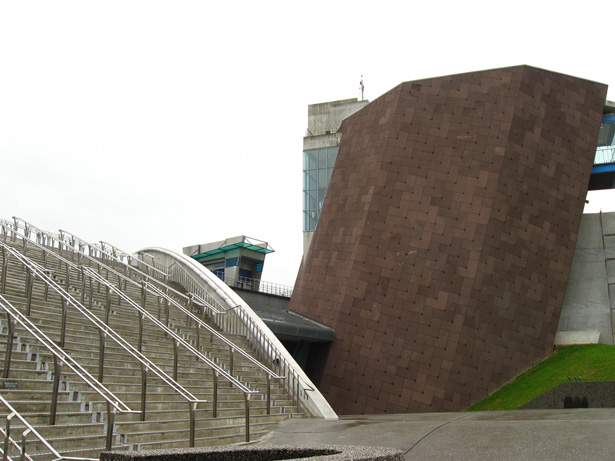 As designers, it's common to wonder what the differences are between our chosen discipline and others.
As designers, it's common to wonder what the differences are between our chosen discipline and others.
After all, there are a lot of similar rules and guidelines that permeate design, no matter what the field. And sometimes that leaves us wondering how difficult it would be to switch between design disciplines.
In this post, we've compared architecture and web design. While there are a lot of similarities, there are also tons of differences between these two areas of design.
Most of these are directly related to the fact that web design deals primarily with virtual space, where architecture deals mostly with the real, physical world. If you'd like to share additional similarities and differences, please do so in the comments...
Similarities
Architecture and website design share a lot more similarities than many people think. But after all, they're both design disciplines, and the principles of good design are pretty universal. Read on for more than half a dozen ways in which architecture and web design are a lot alike.
Good Design Should Tie Together Past, Present, and Future
The best designs are timeless. They incorporate elements that evoke the past and give homage to the present. They also look toward the future, meaning they won't look dated anytime soon. In architecture this is particularly important, as most buildings will be around for at least a hundred years, and often much longer than that.
But it's also important in web design. The last thing you want is for your design to look dated in six months because you followed the current trend to the letter when the site was designed. And considering how long some web design projects take, if you start designing in one style, that style might look dated by the time the site actually goes live. It's better to incorporate current elements alongside those that have already proven to be more timeless, as well as up-and-coming trends that haven't really made their mark yet.
What is Left Out of a Design is Just as Important as What's Left In
Minimalism has been around in architecture since before the Internet even started. The idea that a carefully edited design will be more aesthetically pleasing is equally applicable to both architecture and web design. Sometimes what is left over when something else is eliminated is more visually striking than the original detail would have been.
In website design, you can think of this as the white space or negative space between the elements on your site. Negative space acts as a visual buffer that lets the visitor's eye naturally move between content areas on a site.
Pre-construction Planning is Vital
Before construction is ever started on a building, a ton of planning is done. There are concept sketches, blueprints, engineering schematics, and plenty of other pre-construction documents.
The same thing is true for most websites. Concept sketches are used just like in architectural design. But instead of blueprints, web designers use wireframes and instead of engineering schematics, they use site specification documents. These are all vital to making sure the final website does what it's supposed to and has all the necessary parts.
Client-Designer Communication is Key
It's vital that an architect and his or her clients keep in contact throughout the design and building process. The same is true for website designers. A well-informed client will be happier and easier to deal with than one that's kept in the dark.
Bold Color Makes Things More Interesting
Accent colors can be used equally well in both architecture and website design. Architects may incorporate bright colors in the trim of a room or building, or on an accent wall. Web designers might mix them into the borders, typography, or navigation of a website, or into the background of the page.
Details are What Make a Design Great
The details that set apart great buildings are equally important in great website designs. Just remember that too many details in a building can be overwhelming, just as too many details in a website can result in a cluttered and fussy look.
Design Should Always Be Built Around Content
A building should always be designed around the kind of activities that will take place within it. After all, it's kind of hard to set up a manufacturing plant in a mobile home, and a high-rise office building probably won't make a very cozy family home.
When designing a website, you have to plan the design around the content. That means looking at what kinds of content the site will have (photo galleries? e-commerce functions? a forum?) as well as how much content the site will have, and then adjusting the design accordingly.
Differences
While there are many similarities between architecture and web design, there are also some very substantial differences. Most of these have to do with the differences between designing in the physical world and a virtual one.
Architecture is Much More Permanent
As a general rule, when an architect designs a building, they're probably expecting that building will be around for a hundred years or more.. Because of the resources that go into a building, it needs to be designed to last for decades or even generations.
Websites don't have the same longevity requirements. A designer can build a site knowing it will probably be revamped or completely redesigned every couple of years.
Architecture is Usually More Expensive and More Time-Consuming
Hundreds of thousands or millions of dollars go into the design and construction of most buildings. And most buildings take months if not years to build. Websites, on the other hand, rarely cost in the hundreds of thousands of dollars. And while some sites take months to build, others may only take days or weeks.
Architecture is More Dependent on Engineering and Physics
When designing a website, there are very few laws of physics and nature you need to pay attention to. You can try new things and even if they don't work out, there's usually no harm done.
With architecture, on the other hand, there are certain rules of nature and physics that are vital to the success (and stability) of a building. If you try to ignore those rules and laws, the consequences can be disastrous. Engineering principles and knowledge are much more important in the world of architecture than they are in the world of web design.
A Variety of Space and Experience is Easier to Achieve in Architecture
Because of the nature of a building, you can easily incorporate different spaces with different looks and styles. You can incorporate differences between the front of a house and the back, and within the interior spaces and no one will likely complain if it's done well.
A website, on the other hand, usually needs to have a much more consistent look and feel throughout. Even in cases where consistency doesn't have to be strictly adhered to, it's usually much more effective to at least keep the same style throughout.
Architecture Can Have More Effective Transitional Spaces
There are few, if any, transitional spaces on most websites. With the exception of landing pages, navigation usually leads directly from one page to another.
In a building, by contrast, there are often transitional spaces between rooms that help ease inhabitants from one space to another. On the exterior of a home, these might include terraces, gardens, or porches. On the interior they include foyers and hallways. These spaces are vital to separating interior spaces from one another, and from the outside, both physically and mentally.
Architecture Needs to Take Surroundings Into Account
A website doesn't need to consider the websites that surround it when being designed. A designer can design a site however they want, without regard to other sites on the same server or in the same search results (at least in terms of design).
A building, however, needs to harmonize not only with its natural surroundings, but also with nearby buildings. Otherwise, the building will stick out like a sore thumb and detract from the surrounding landscape.
It's Harder to Fix Mistakes in Architecture
If a mistake is made in the development of a website, it's generally easy enough to fix. Sure, it might set you back a day or two, but even in the worst case scenario, it's usually not that big of a deal even if you have to start over.
In architecture, fixing mistakes can be costly and time-consuming. Most mistakes take time to undo, often stalling a project for weeks or months.
And if the client changes their mind about something major halfway through construction, fixing things isn't as simple as deleting some files. Demolition can be almost as expensive as construction, and may set projects back by months or years.
Written exclusively for WDD by Cameron Chapman
What other similarities and differences do you see between architecture and web design? Please share below...























